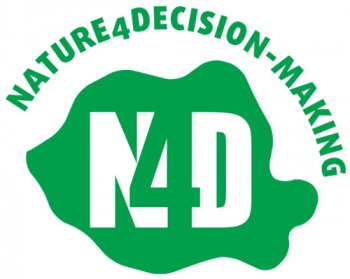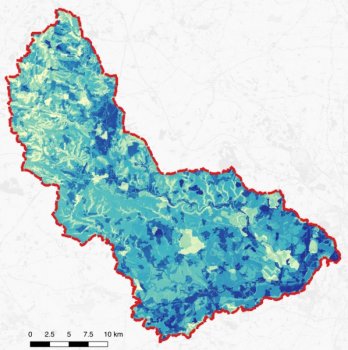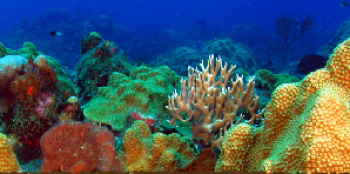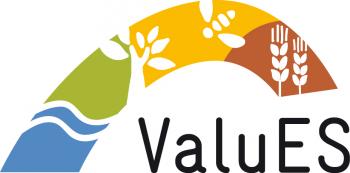Demonstrating and promoting natural values to support decision-making in Romania
The Project “Demonstrating and promoting natural values, to support the decision-making process in Romania” (N4D) was developed based on folowing activities: A1. institutional infrastructure development; A2. Development of the ecosystem mapping and assessment framework in Romania; A3. Data analysis and management under the MAES process; A4. Biophysical mapping and assessment of ecosystems and of their services; A5. Project promotion; A6. Knowledge exchange with the neighbouring countries and with Norway, as the country providing the Project financing.




